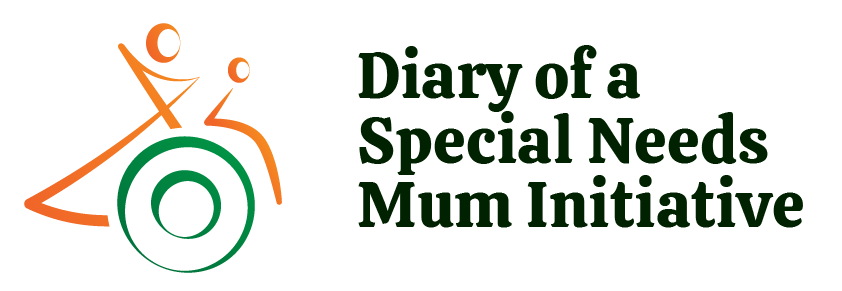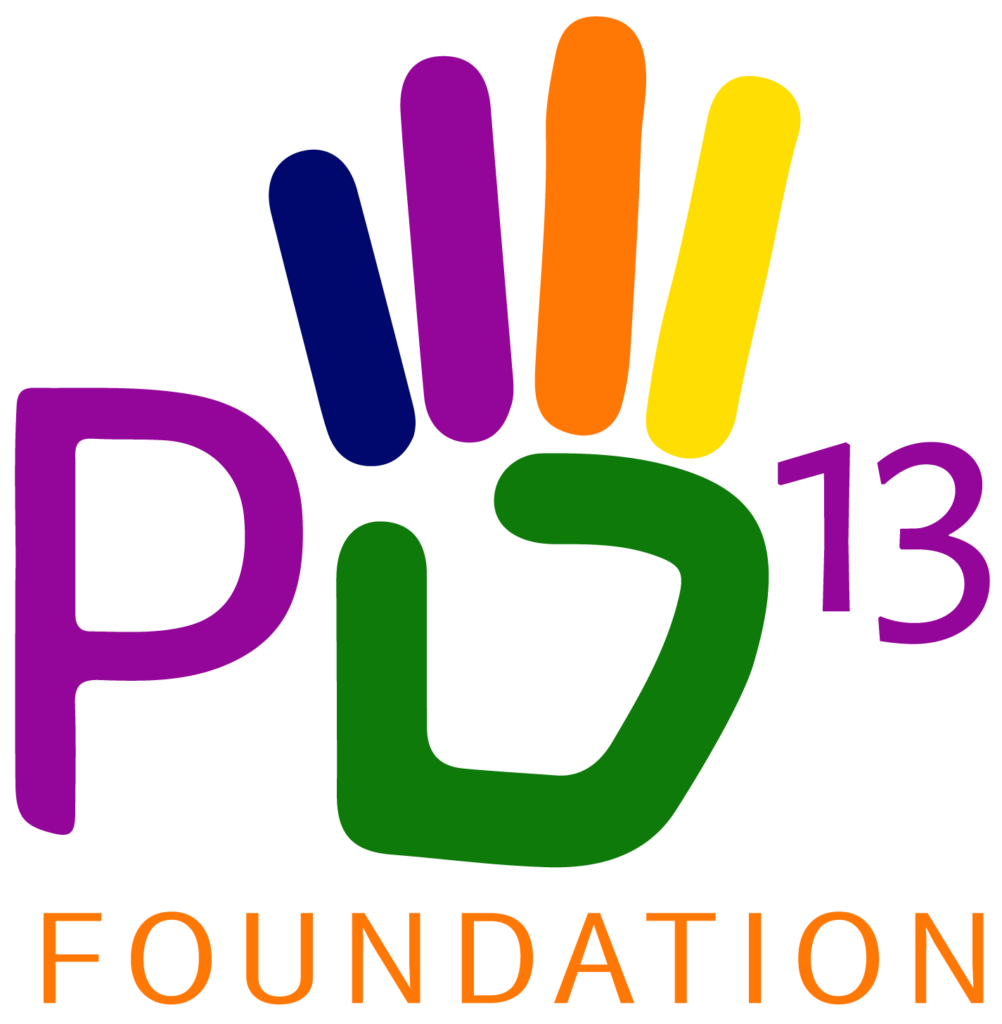Cerebral palsy is a damage to the part of the brain that affects movement, invariably the muscles.
This damage occurs to the immature developing brain. This can happen before birth, during birth or the first few years of a child’s life. It can also occur in a child due to sickness, injury caused by poison or accident and negligence. At times, the cause is unknown.
In other cases, it can be caused when a pregnant woman undergoes prolonged labour. There are times that some women will decline the option of a cesarean operation while insisting on giving birth through natural delivery. In such cases, the baby may suffer stress such as lack of oxygen to the brain.
Another common cause is untreated jaundice. Jaundice is characterised by yellowing of the skin or whites of the eyes. Instead of getting the right treatment for the baby, some mothers rather put the baby under the sun or wash the baby in papaya leaves. This may leave the jaundice untreated in the baby’s body and later result in cerebral palsy.
Some mothers either because of their religious belief or due to poverty do not give birth to their babies in a hospital. Rather, they prefer to give birth in a religious centre or with a local birth attendant. When there are serious complications, the baby usually suffers trauma to the brain before getting help from the hospital. This may also lead to cerebral palsy.
Children who are likely to have cerebral palsy:
- Those whose mothers experienced prolonged labour during childbirth.
- Babies that were born too early (Premature birth).
- Babies with low birth weight.
- Babies that suffered from head injuries.
- Babies that contracted infections such as meningitis, e.t.c.
- Babies that had severe jaundice after birth.
Types of cerebral palsy
- Spastic – Tight muscles, awkward movements.
- Diplegia- Both legs affected.
- Hemiplegia- One side (arm and leg) affected.
- Quadriplegia: Both legs or both arms paralyzed or weakened.
- Double Hemiplegia- Both arms affected more than the legs.
- Dyskinetic- Involuntary movements.
- Ataxic- Challenges with balance, depth perception, shaky movements.
- Mixed Cerebral Palsy- A mix of other cerebral palsy types.
Symptoms in babies
- Low muscle tone (The baby feels ‘floppy’ when picked up).
- The child is unable to hold up his/her own head while lying on the stomach or in a supported sitting position.
- Muscle spasms or stiff feeling.
- Poor muscle control, reflexes and posture.
- Delayed development (can’t sit up independently or roll over by 6 months).
- Feeding or swallowing difficulties.
- The babies prefer to use one side of their bodies.
Symptoms in toddlers/children
- Not walking by 12-18 months.
- Not speaking simple sentences by 24 months.
How do I help my child?
- Your child will need to be assessed by a neuro-pediatrician.
- The doctor will ask for the mother’s pregnancy history, situation of birth and the child’s welfare till date.
- A full examination will be conducted:
- Blood test– Other health problems may cause symptoms that are similar to cerebral palsy. To rule that out, the doctor may recommend a blood test.
- MRI-Magnetic Resonance Imaging is a medical imaging technique used to produce a detailed image of the body’s soft tissue and bones.
- EEG- (Electroencephalogram) For this test, small electrodes will be stuck to your baby’s head to measure the brain waves. Sometimes this test helps to detect epilepsy (Seizure disorder)
- Audiologist (Hearing)
- Ophthalmologist (Vision)
My child has been diagnosed of Cerebral Palsy
What next?
Things to note before treatment begins.
- The damage is permanent.
- The damage does not get worse but without care and attention, the child’s health may deteriorate with time.
- There is no cure for cerebral palsy.
- Early Intervention is important in the treatment or management of cerebral palsy.
What is early intervention?
Early intervention is the term used to describe services that reach a child early in his or her development, usually from birth through age three. Intervention is vital during this early period because a child learns and develops at the fastest rate during these first few years. It’s important not to miss out on this crucial part of your child’s development, as it may be more difficult to teach skills to your child as he or she gets older.
Professionals that may work with your child
- Physiotherapists – They will help identify and treat your child’s movement disorder through movement and exercise.
- Occupational therapists- They will help your child acquire skills for daily living such as sitting, using of hands to perform functions and many more.
- Speech therapists- They will work on your child’s communication skills, speech development and feeding.
- Special educators- They will work with your child to determine educational needs.
What is the role of the family?
- Ask as many questions as you can about your child from the doctor and therapists.
- Read books to learn more about cerebral palsy.
- Love and accept your child.
- Be your child’s advocate – Defend your child’s rights.
REFERENCES

